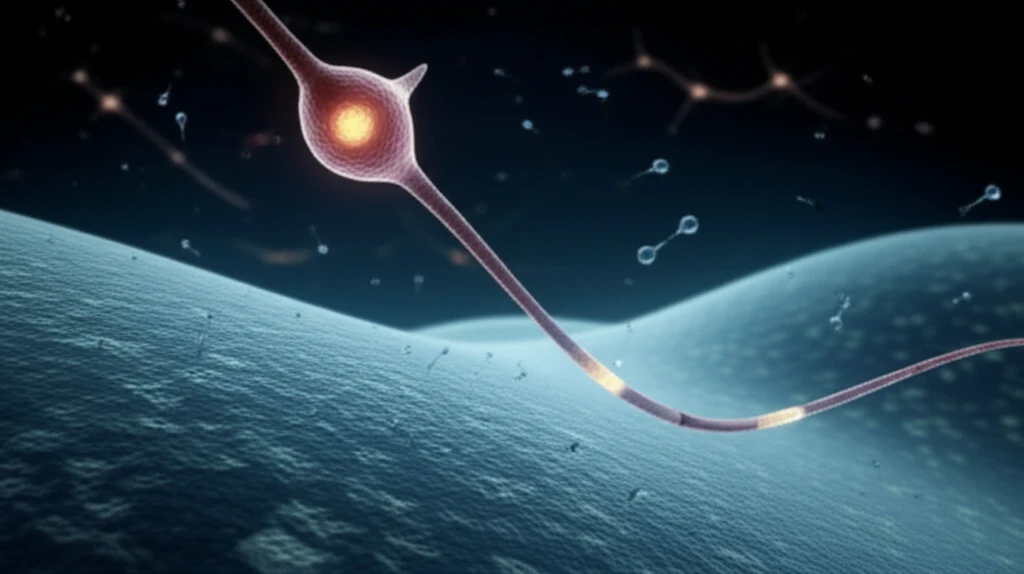
Brain Trauma Breakthrough: Can We Enhance Neuron Recovery?
"Exploring new research on how vitronectin and IGF-1 could revolutionize brain injury treatment and neuron regeneration."
Traumatic brain injuries (TBIs) trigger a cascade of biological responses, including the widespread upregulation of insulin-like growth factor (IGF). Scientists believe this surge in IGF could play a pivotal role in the brain's recovery process, influencing everything from neuronal tissue repair to the brain's remarkable ability to adapt and rewire itself, known as plasticity. However, the precise mechanisms governing IGF regulation and its exact function following a TBI remain largely enigmatic.
Recent studies have highlighted the importance of vitronectin (VN), an extracellular matrix (ECM) molecule, in IGF-mediated cellular growth and migration. Given that VN levels are often reduced after a TBI, researchers have begun to explore whether this decline could hinder the potential benefits of IGF. This has led to a deeper investigation into whether combining vitronectin with IGF-1 and its binding protein, IGFBP-2, could create an environment more conducive to neurite growth—the development of new connections between neurons.
To explore this, a team of researchers cultured hippocampal neurons (critical for memory and learning) on surfaces either coated with vitronectin or left uncoated. These neurons were then treated with or without IGF-1/IGFBP-2. In parallel, cell cultures underwent a simulated in vitro trauma to mimic the effects of a TBI, allowing scientists to observe differences in regenerative capacity under the same conditions. This comprehensive approach aimed to reveal whether vitronectin and IGF-1/IGFBP-2 could work synergistically to promote recovery following brain injury.
Vitronectin's Impact: Why It Matters for Neuron Growth

The study revealed that hippocampal neurons exhibited more robust growth patterns on vitronectin-coated surfaces compared to control surfaces. This finding highlights vitronectin's supportive role in creating a conducive environment for neurons to extend neurites, which are essential for communication between brain cells. In essence, vitronectin appears to provide a structural and molecular foundation that encourages neurons to establish connections, a critical process in brain repair.
- Vitronectin Boost: Neurons grew better on vitronectin alone.
- IGF-1 Surprise: Adding IGF-1/IGFBP-2 decreased overall neurite density.
- Polarization Puzzle: Researchers initially thought IGF-1 might be helping neurons specialize, but tests didn't confirm this.
Key Takeaways: What This Means for Future Research
This research underscores the complex interplay of factors involved in neuronal regeneration following brain injury. While vitronectin shows promise as a supportive substrate for neurite growth, the role of IGF-1/IGFBP-2 appears more nuanced. Future studies should focus on unraveling the precise mechanisms by which IGF-1/IGFBP-2 influences neuronal polarization and network formation. Understanding these mechanisms could pave the way for more targeted and effective therapies to promote brain repair and functional recovery after TBI.
